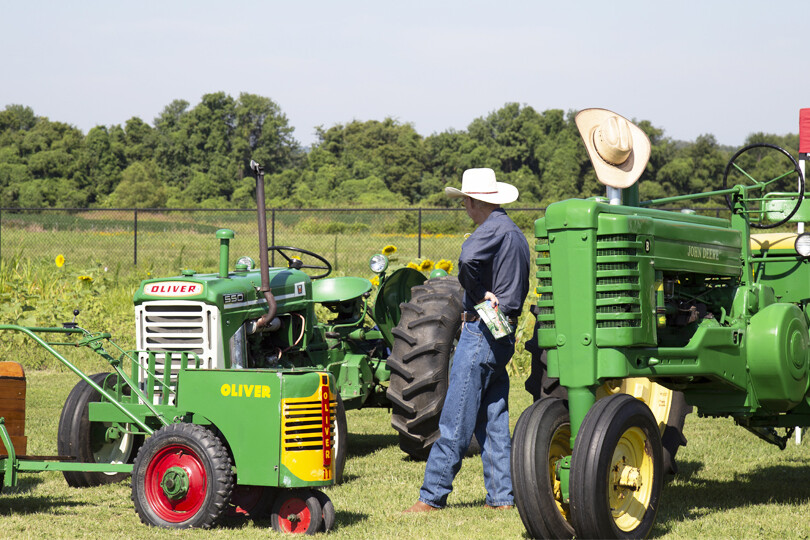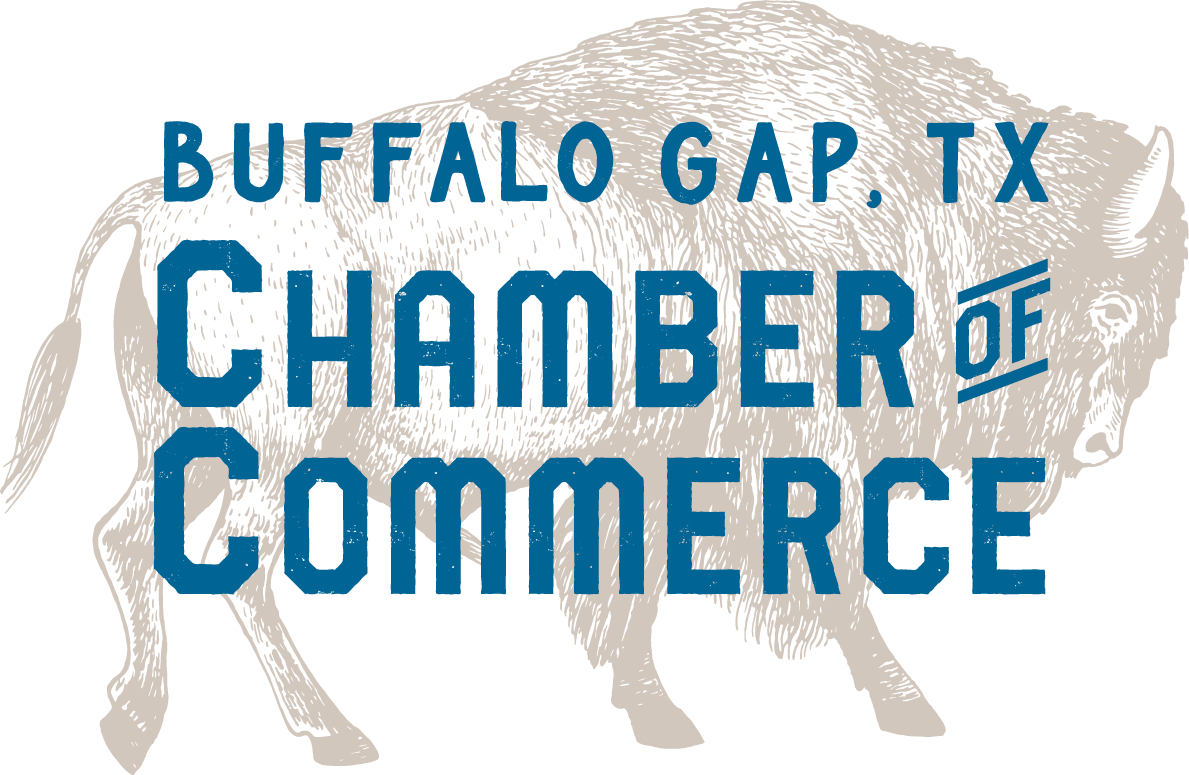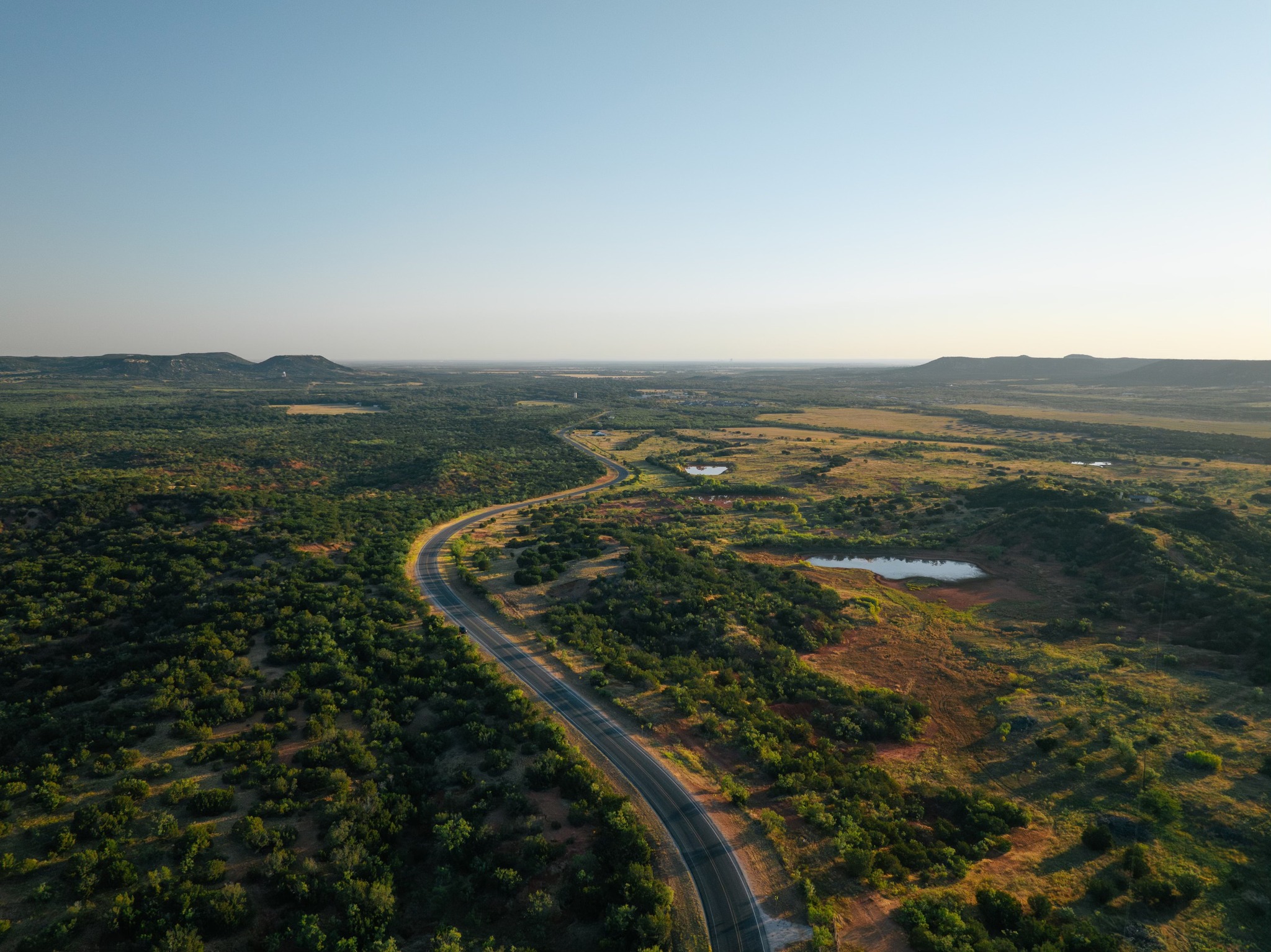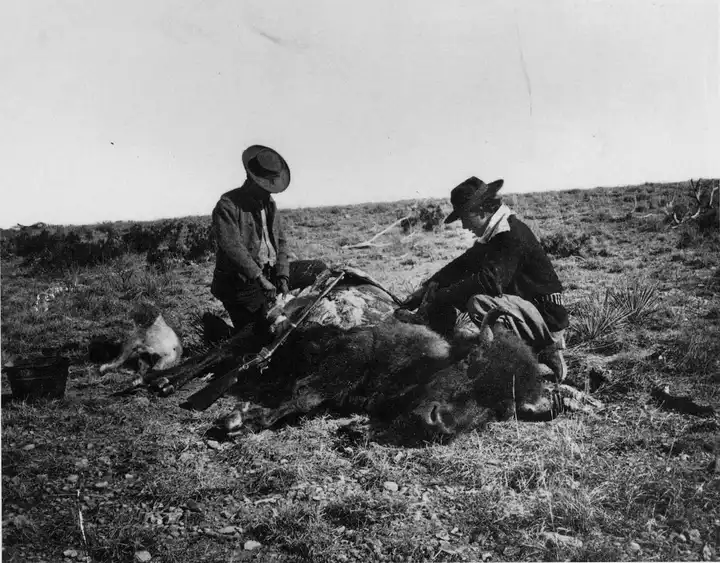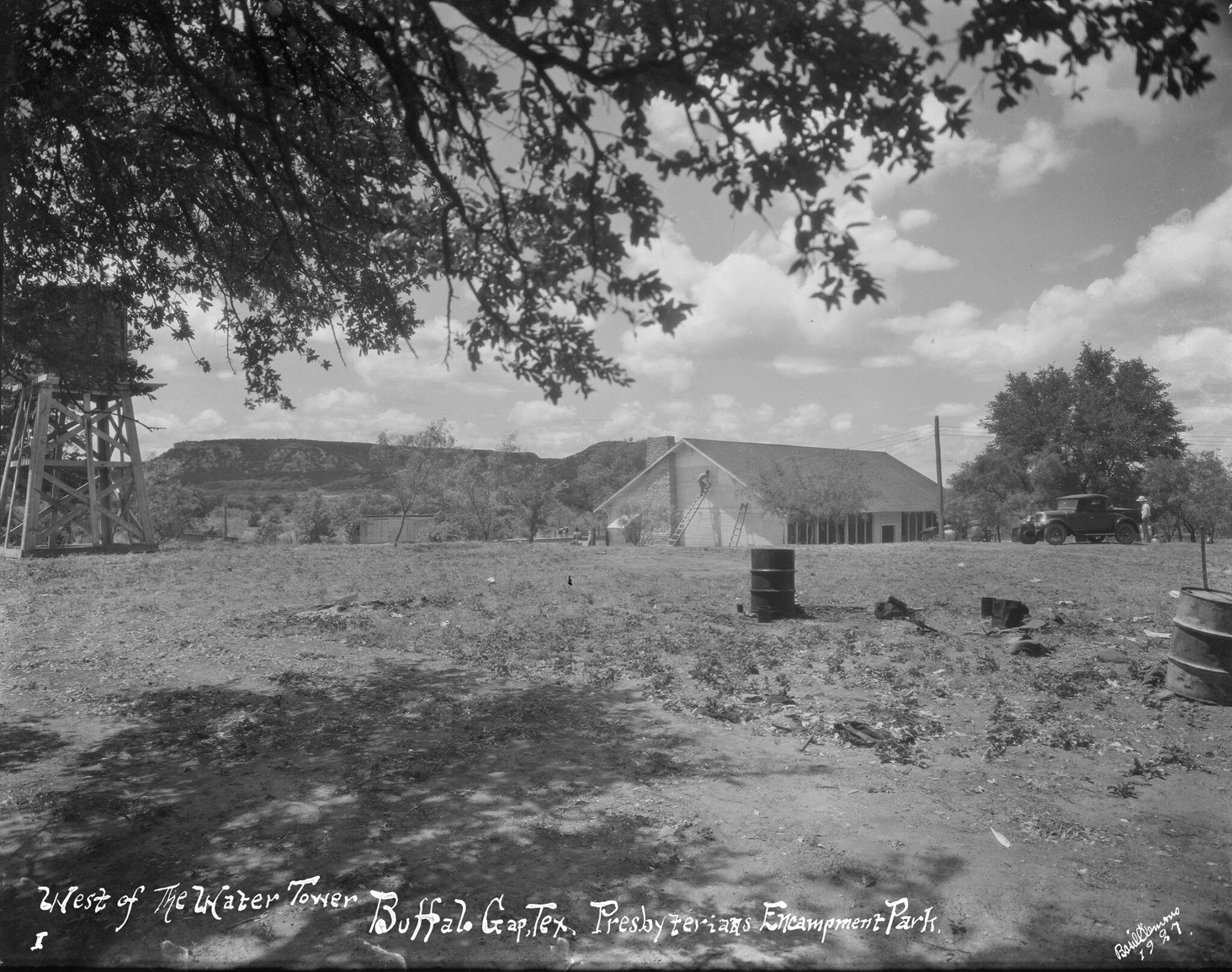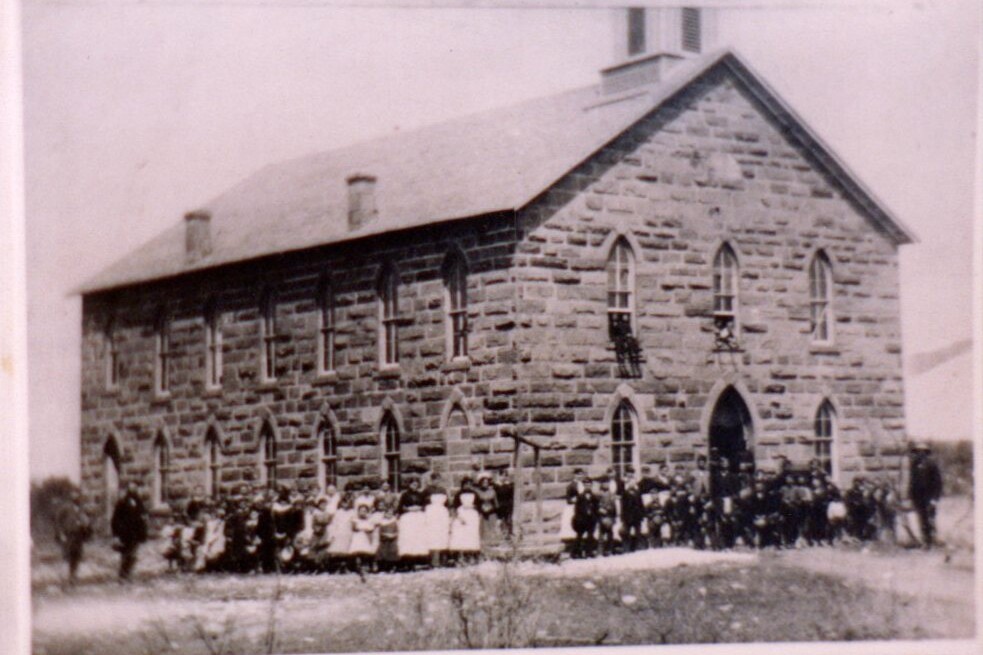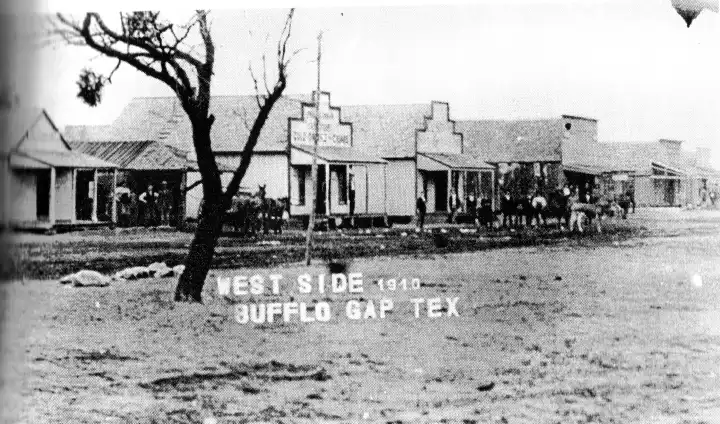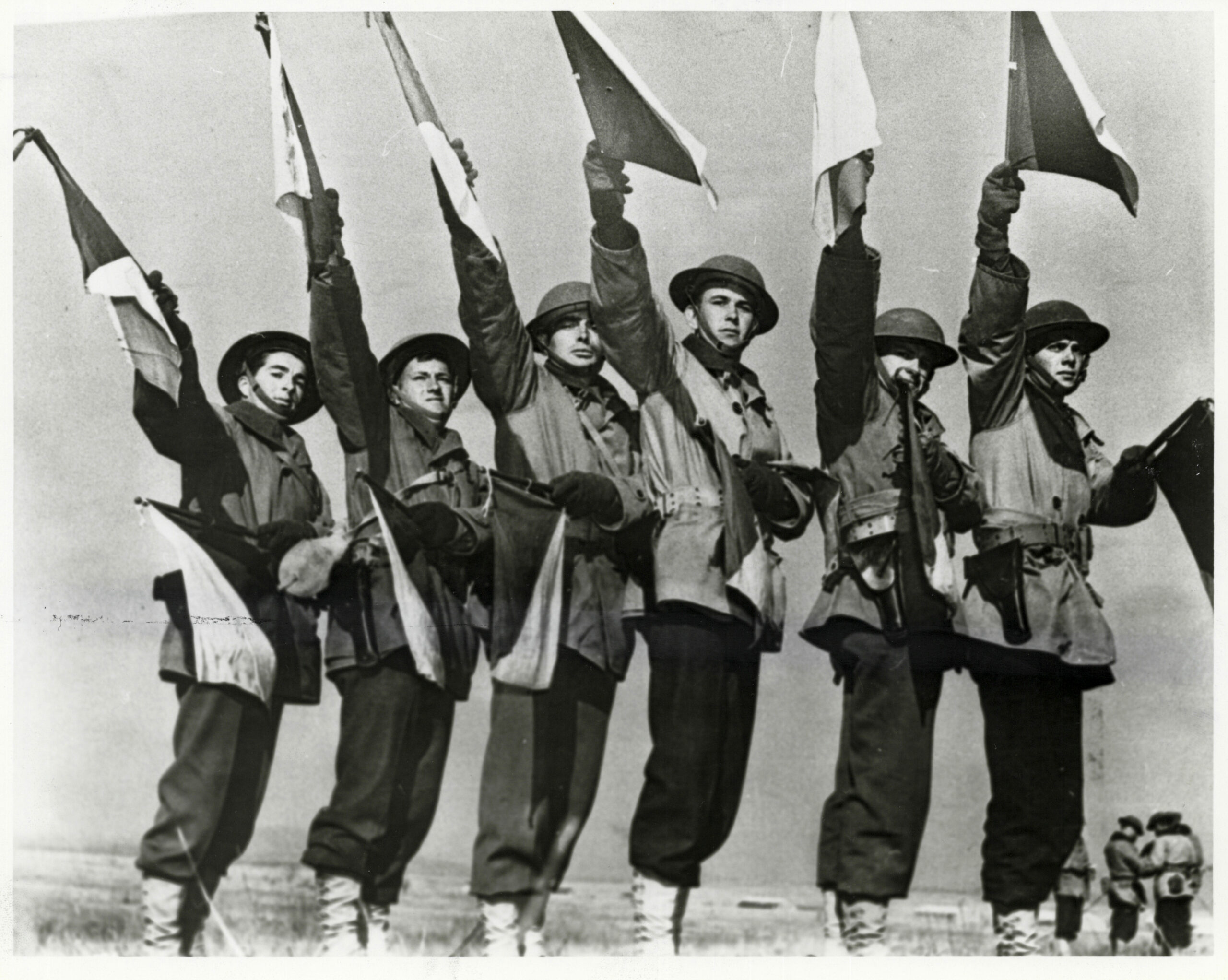The Abilene Man Audio Tour
Buffalo Gap Heritage Audio Tour
The Abilene Man
Next Location: Buffalo Gap Cemetery (address at bottom of page)
Location
Transcription
When you think of early Texans, you might picture cowboys or settlers, but long before them—thousands of years ago—this land was home to some of the earliest humans in North America.
In 1934, archaeologists unearthed stone tools and artifacts near Lytle Creek, just outside Abilene. These tools were over 10,000 years old, placing their makers among the earliest known inhabitants of Texas.
The discovery was named “Abilene Man,” though no human remains were found—just evidence of their tools and hunting practices.
These early people were nomadic hunters, likely tracking mammoths, giant bison, and other Ice Age creatures across the plains.
Their survival depended on their skill in making weapons, their knowledge of the land, and their ability to adapt to a harsh, ever-changing environment.
Standing here today, it’s hard to imagine a time when massive ice sheets covered North America and early humans hunted with handcrafted spears and flint knives. But the evidence remains—buried beneath the soil, waiting to tell its story.
The landscape may have changed, but history is still all around us. Now, let’s visit a place where some of Buffalo Gap’s earliest settlers found their final resting place—the Buffalo Gap Cemetery.
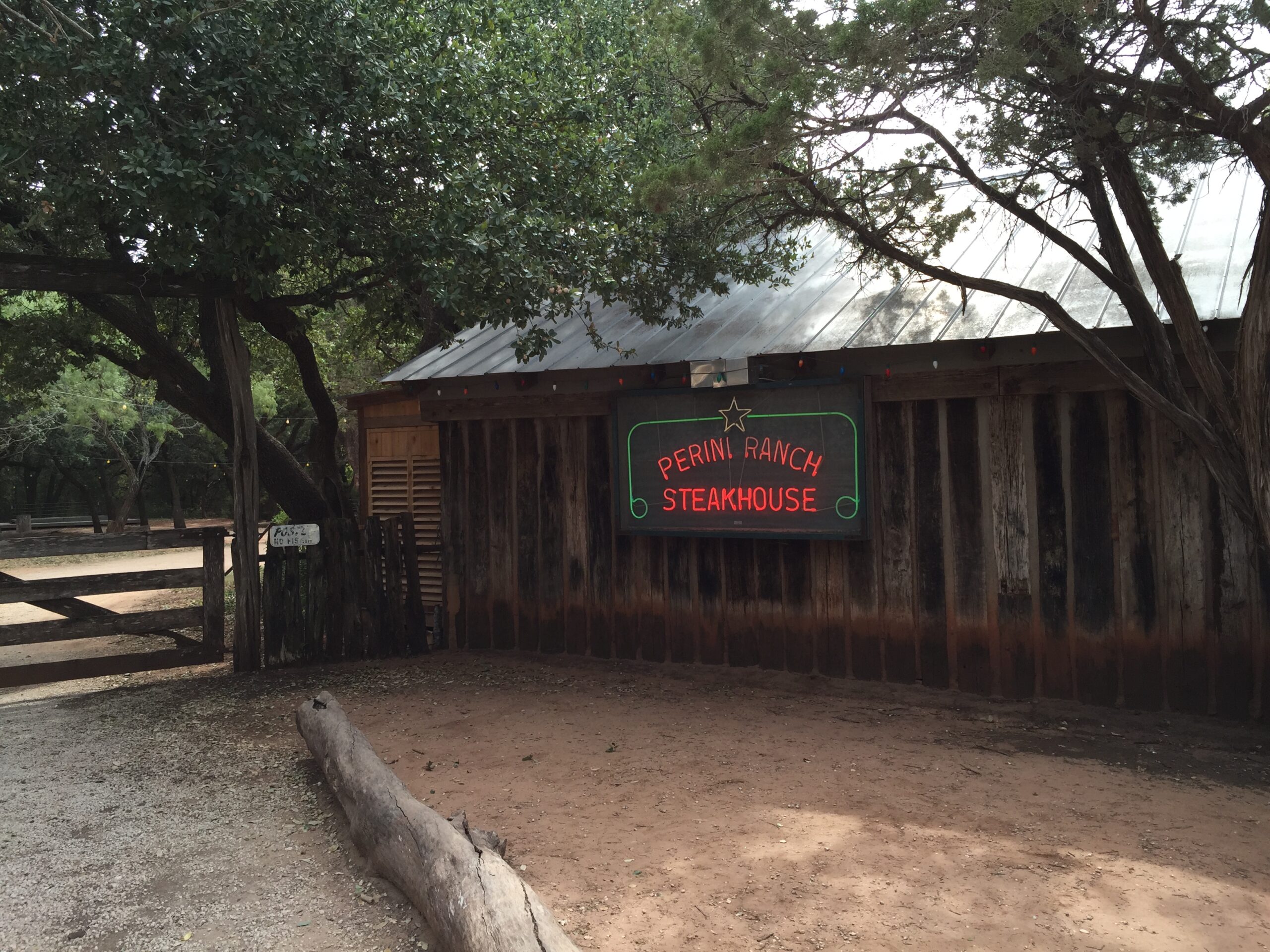

The Buffalo Hunters Audio Tour
Buffalo Gap Heritage Audio Tour
The Buffalo Hunters
Next Location: The Abilene Man (address at bottom of page)
Location
Transcription
Before Buffalo Gap had schools, churches, or businesses, it had something else—buffalo hunters.
These rugged frontiersmen were the first non-Native settlers in the area, drawn by the vast herds of bison that once covered the gap in the Callahan Divide that you see in the distance before you.
In the 1860s and 1870s, buffalo hunters made winter camps in this gap in the mesas, taking advantage of the natural landscape for protection from the harsh weather.
The Comanche and Kiowa tribes had long hunted these same lands, relying on the buffalo for food, clothing, and shelter.
But as the railroad stretched across the country, the demand for buffalo hides skyrocketed, turning what had once been a way of life into an industry.
By the 1870s, the buffalo trade was booming.
Hunters, working in groups, used powerful Sharps rifles to take down dozens—sometimes hundreds—of bison in a single day.
The hides were the real prize, stacked high, salted, and shipped east to be turned into coats, belts, and industrial leather goods.
The hunters worked fast, often skinning the animals where they fell, leaving behind massive fields of bones that would later be collected and sold for fertilizer.
Fun Fact: According to the Texas State Historical Association, by 1878, the Southern Plains herd had nearly vanished.
This period became known as the “great slaughter”, wiping out the once-massive buffalo population in just a few short years.
But this boom had a price. Without the buffalo, the Indigenous tribes that depended on them for survival were forced onto reservations.
Many hunters, now out of work, moved on to other trades, and Buffalo Gap began its transformation into a ranching town.
Yet, life as a buffalo hunter was not for the faint of heart.
The men who braved the frontier faced harsh elements, the constant threat of attacks from Indigenous warriors defending their lands, and the grueling labor of skinning and hauling the heavy hides.
Hunters worked in teams with skinners, who could process up to 100 buffalo in a day. The hides were separated into bull hides, cow hides, robe hides, and kip hides (from younger animals), each with a different market value.
Jefferson David Dillingham, one of the early buffalo hunters, described his first time arriving in Buffalo Gap in the late 1870s.
As he approached, he saw what he thought was a collection of houses—only to realize, as he got closer, that they were huge stacks of buffalo hides, waiting to be hauled to market. Inspired by the sight, he remained and became a hunter himself.
The small settlement of Buffalo Gap in 1875 was little more than a hunter’s camp, with men living in dugouts, skin tents, and sod houses.
Traders set up “deadfall” stores, crude supply shops where hunters could barter for whiskey, ammunition, and basic provisions.
Outro: Today, standing here at Perini Ranch Steakhouse, it’s fitting to reflect on this history.
Where buffalo once roamed, cattle now graze, carrying on the legacy of the land in a new way. The days of the buffalo hunters may be gone, but their impact on the land—and the town of Buffalo Gap—remains.
Now, let’s take a look at another fascinating discovery from the past—the story of the Abilene Man, one of Texas’ earliest inhabitants.
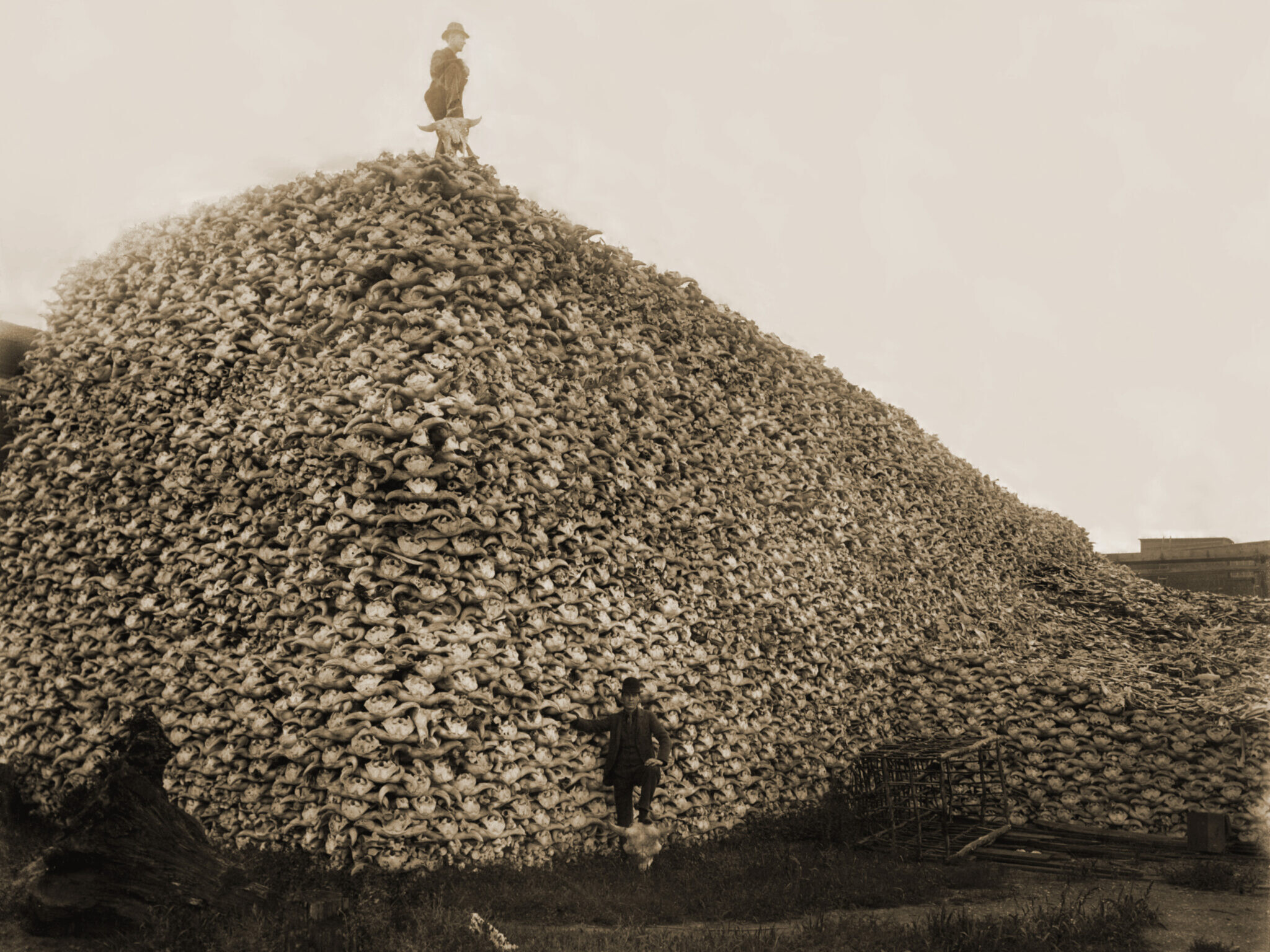

The Canary House Audio Tour
Buffalo Gap Heritage Audio Tour
The Canary House
Next Location: Buffalo Hunters (address at bottom of page)
Location
Transcription
Before public schools became common, education was often informal, held in one-room schoolhouses or even private homes. The Canary House, originally run by Miss Sallie Young, was one such school.
In the 1880s, Miss Sallie—daughter of Reverend Young, who helped establish Presbyterian College—opened her doors to Buffalo Gap’s youngest students.
She taught them their ABCs, arithmetic, and the basics of reading and writing, laying the foundation for their future education.
Unlike the larger schools that came later, her classroom was intimate, with only a handful of students at a time, many of them the children of Buffalo Gap’s first settlers.
Fun Fact: Miss Sallie called her tiny school “Canary College”, and the bright yellow paint on the house later inspired its modern name—the Canary House.
Miss Sallie was beloved in the community. Fellow teachers described her as an absolute example of unselfish service, always cheerful, happy, and known for her kindness to neighbors.
She continued to teach for decades before passing away in Tuscola, Texas, on August 1, 1920.
As Buffalo Gap grew and formal schools were built, the need for one-room classrooms like this faded.
Yet, the Canary House stands as a reminder of a time when education was personal, teachers knew every student, and learning took place anywhere it could.
Today, the Canary House is still a place of hospitality, though in a different way. It has been renovated into a charming Airbnb, where guests can still see parts of the original one-room footprint preserved inside.
The Canary House may be small, but its impact was huge. It continues to welcome visitors, just as it once welcomed eager young students.
Now, let’s head to a part of Buffalo Gap’s past that predates even the schools—the Buffalo Hunters.
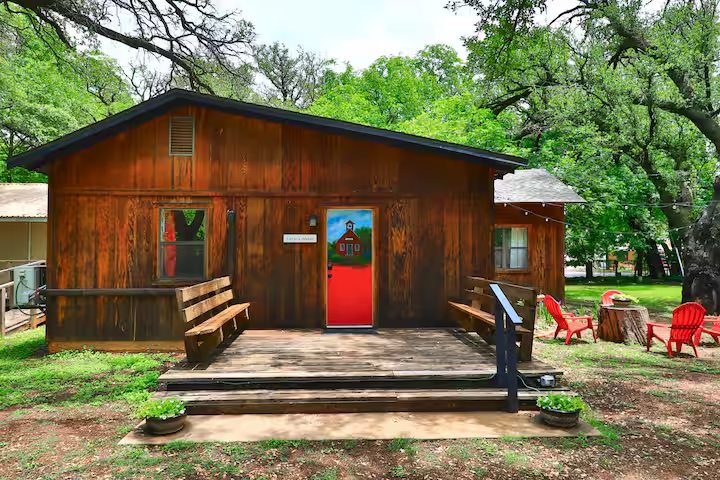
Presbyterian Encampment Audio Tour
Buffalo Gap Heritage Audio Tour
Presbyterian Encampment
Next Location: The Canary House (address at bottom of page)
Location
Transcription
Some places hold history in their walls, others in their land. The Presbyterian Encampment has been a place of faith, fellowship, and renewal for over a century.
Established in 1921, this encampment was a retreat for religious gatherings, youth camps, and Bible studies. At a time when travel was difficult and church services were scattered across small settlements, a site like this offered a rare opportunity for worship and connection. Families camped out for days, enjoying sermons, music, and shared meals under the Texas sky.
But this land’s spiritual significance predates the encampment. In 1906, the Cumberland Presbyterian Church was built here, serving as a hub for early settlers.
This church stood where the current dining hall is located. Although it was moved to a local ranch in 1961, two remnants remain—a bell in the belfry near the dining hall and the original cornerstone, which can still be seen today.
By 1889, as Buffalo Gap grew, the school here became so large that it required a two-story dormitory to house 100 female students. The dormitory was built on what is now the caretaker’s home. Unfortunately, not long after its construction, a devastating fire destroyed the building.
In its early years, encampment life was simple and rustic. Campers slept in tents, braving the hot Texas summers and chilly nights.
In 1945, surplus army barracks from Camp Barkeley were brought in and repurposed as cabins, providing more structure to the site. These remained in use until 1968, when cement block cabins were built.
Fun Fact: The original pool was dug and cemented in 1925. A newer version replaced it in 1984, but one thing has remained the same—the water is ice cold, even in the peak of August!
The pavilion next to the pool, originally built in 1925, served as the dining hall and meeting space until 1968, when the current dining hall was constructed.
Though the encampment has changed over time, its mission remains the same—bringing people together in faith, community, and tradition. Whether for worship services, festivals, or community gatherings, this hidden gem in Buffalo Gap continues to be a special place for all who visit.
Faith has always been a part of Buffalo Gap’s story, and this land carries that legacy.
Now, let’s take a few steps over to a unique part of the encampment—the Canary House, which holds a fascinating history of early childhood education.
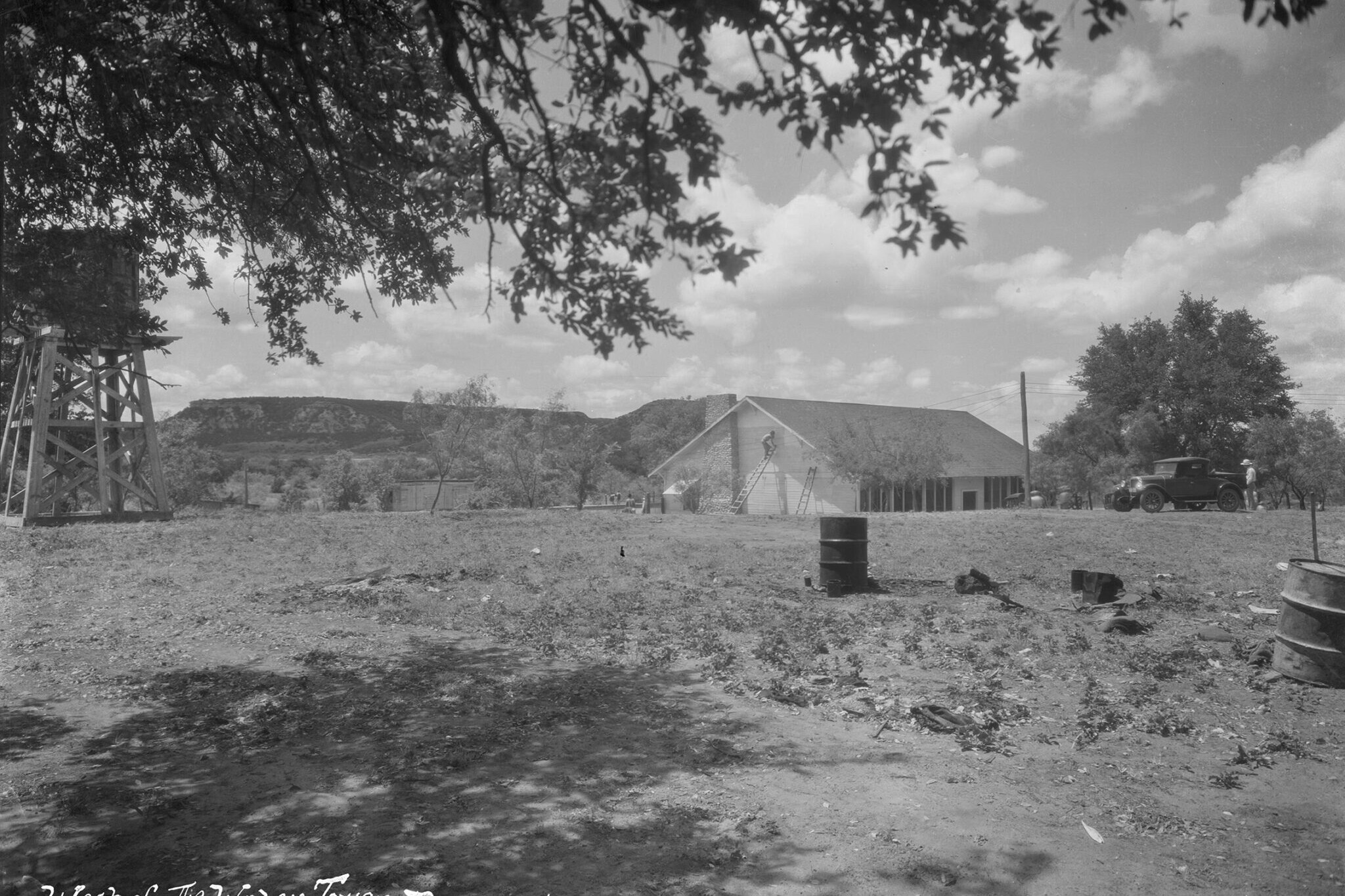

Presbyterian College Audio Tour
Buffalo Gap Heritage Audio Tour
Presbyterian College
Next Location: Stewart Grocery (address at bottom of page)
Location
Transcription
Imagine standing here in 1881, hearing the chatter of young students eager to learn. This was the site of Presbyterian College, a beacon of education in the rugged Texas frontier.
Higher education was a rarity in this region at the time, and Buffalo Gap became a center for learning, earning the nickname “Athens of the West.”
Students studied Latin, mathematics, philosophy, and agriculture, preparing them for leadership roles in Texas communities. Some traveled great distances to attend, as this was the only higher learning institution for miles.
Presbyterian College, also known as Buffalo Gap College, first began as a public high school in the early 1880s. By 1883, it had grown into the first school of higher education in the county.
Local Presbyterian ministers, backed by the Cumberland Presbyterian Church, led the charge to establish the school, securing a 20-year charter despite the challenges of drought and economic hardship.
Fun Fact: Even cowboys and Texas Rangers helped fund the college’s construction, hauling red sandstone from a local quarry to build its walls!
The two-story administration building stood three blocks south of the town square, covering two blocks of campus and enclosed by a wooden fence with stiles on each side.
The building, resembling a large church, featured a steeple, a bell tower, and arched windows. Inside, the lower floor housed classrooms, a physics lab, and a library, while the upper floor served as an auditorium, doubling as a community hub for Sunday school, town meetings, and performances.
By 1889, the school had expanded so much that a two-story dormitory was built to house 100 female students, many of whom previously boarded in private homes. However, tragedy struck when fire destroyed the dormitory, marking the beginning of the college’s decline.
When the county seat moved to Abilene in 1883, Buffalo Gap’s influence—and the college’s student enrollment—began to dwindle. By 1902, just as its 20-year charter expired, Presbyterian College closed its doors for good.
Yet, its legacy remains. When a public school was later built on this site, sandstone from the original college building was repurposed in its construction.
Though not visible from the outside, a section of the original sandstone wall is still part of Buffalo Gap Elementary’s gymnasium today.
As you pass by this school, think about the students who once learned here—some in college classrooms, others in early grade levels—all shaping the future of this region.
Now, let’s explore another key piece of Buffalo Gap’s past: Stewart Grocery, a staple in early commerce.
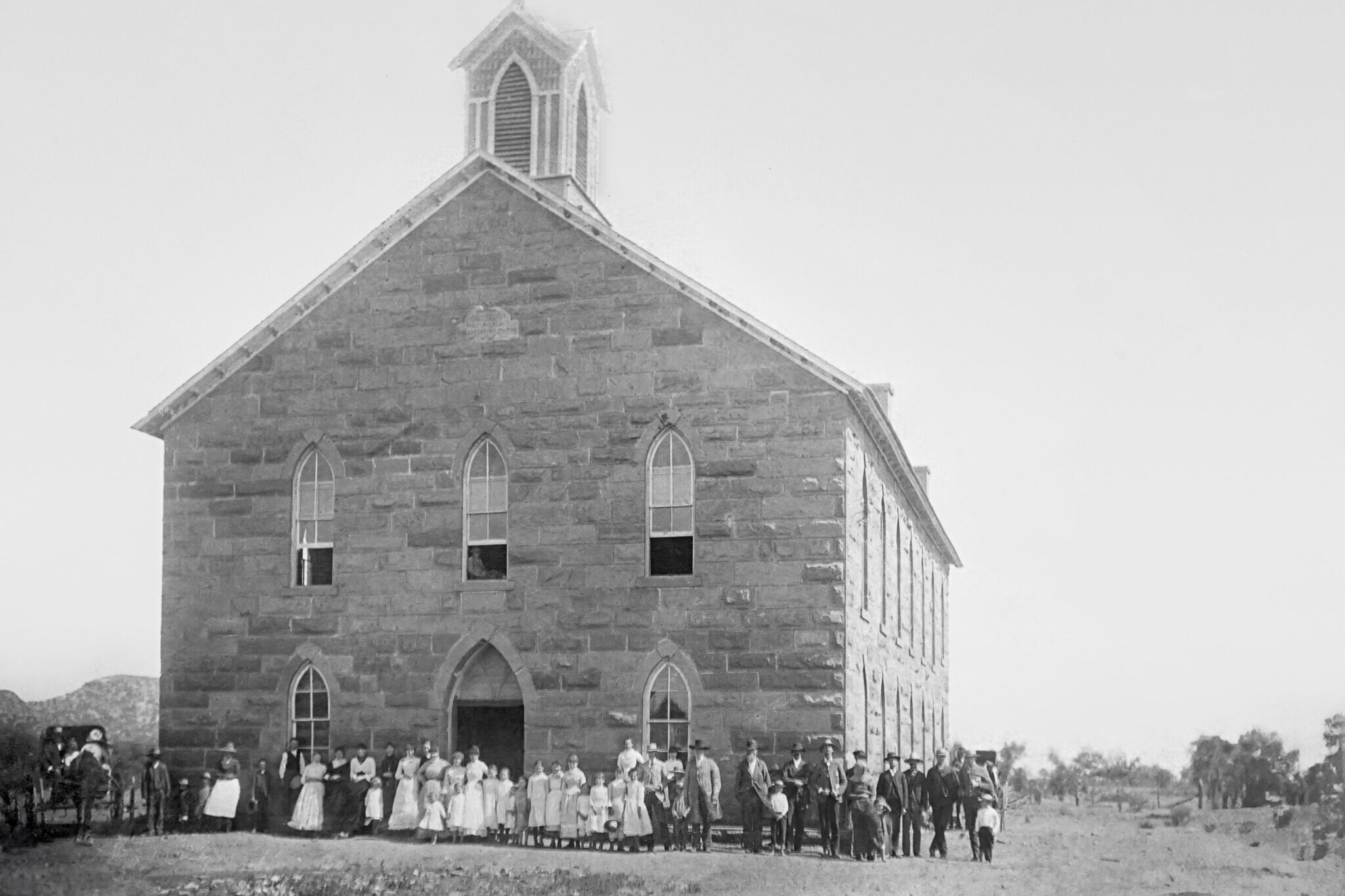
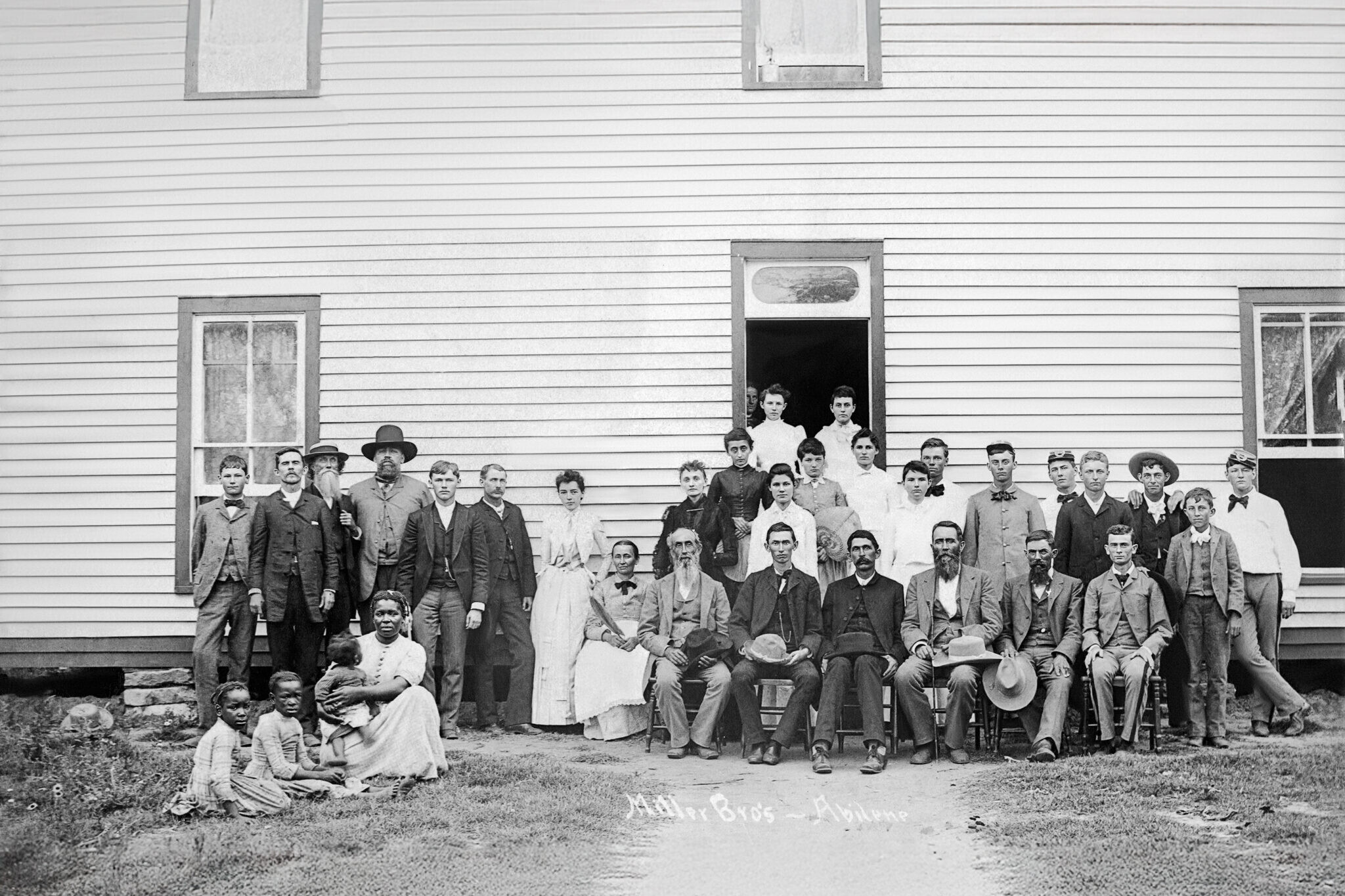
Old Settlers’ Reunion Grounds Audio Tour
Buffalo Gap Heritage Audio Tour
Old Settlers’ Reunion
Next Location: Presbyterian College (address at bottom of page)
Location
Transcription
What makes a town feel like home? For over 100 years, families gathered right here for the Old Settlers’ Reunion, a time-honored tradition of food, music, and friendship.
The event first began in 1921, when early settlers and their families returned to Buffalo Gap to reconnect, share stories, and celebrate their pioneer roots. This was more than just a reunion—it was a living history lesson, where old-timers passed down tales of the frontier to younger generations.
Over the years, the reunion grew into a festival-like event, featuring barbecue cook-offs, bluegrass music, and lively parades.
If you listen closely, you might just hear the echoes of a fiddle tune drifting through the air. Contests like “oldest settler in attendance” and “best pioneer outfit” became traditions, making each gathering a mix of nostalgia and fun.
Although the Old Settlers’ Reunion no longer takes place, this site continues to be a hub for annual events, heritage gatherings, and community celebrations.
The spirit of the reunion lives on, as families still come together here—just as they have for over a century.
Fun Fact: Did you know that some early reunion attendees arrived in covered wagons just as they had decades before?
Even in later years, it wasn’t uncommon to see folks dressed in authentic pioneer clothing, stepping straight out of the past!
Imagine the laughter of children running through these fields, the sound of a fiddle playing in the background, and the scent of a barbecue pit smoking nearby. The legacy of gathering continues.
Now, let’s visit a place that once stood as a center of education—the Presbyterian College.
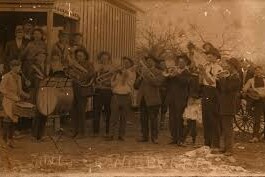
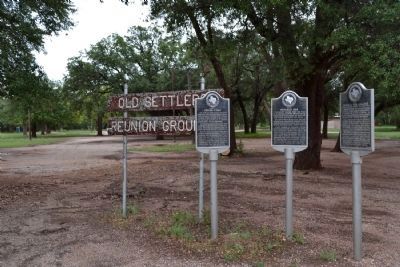
Old Town Buffalo Gap Audio Tour
Buffalo Gap Heritage Audio Tour
Old Town Buffalo Gap
Next Location: Old Settlers' Reunion (address at bottom of page)
Location
Transcription
Welcome to the historic heart of Buffalo Gap. In the late 1800s, these streets were lined with bustling businesses, general stores, saloons, and even a few places of… questionable legality.
By 1874, Buffalo Gap was the county seat of Taylor County, meaning all official business took place here. Merchants, attorneys, and settlers made this a thriving trade hub.
But with that success came a fair share of trouble—there was no official law enforcement at first, and justice was often handled with a quick draw and a quicker temper.
In 1883, Buffalo Gap’s reign as county seat came to an end when Abilene—backed by the railroad—won the title. Overnight, businesses, officials, and records moved out. Many buildings here faded, but Buffalo Gap remained a stronghold of history.
Today, some of the original buildings have disappeared, but traces of the town’s wild frontier days remain.
Take a moment to imagine the lively voices, the sound of horses clopping on dirt roads, and the occasional gunshot in the air.
Now, let’s travel to a different kind of gathering place—where traditions still thrive—the Old Settlers’ Reunion Grounds.
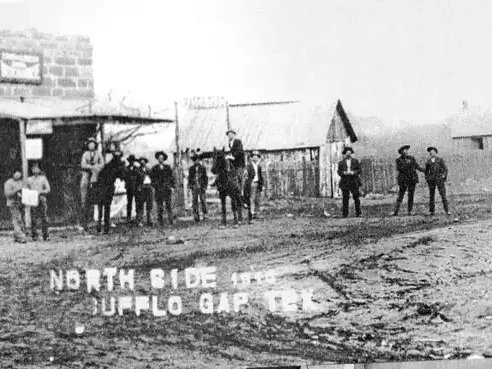
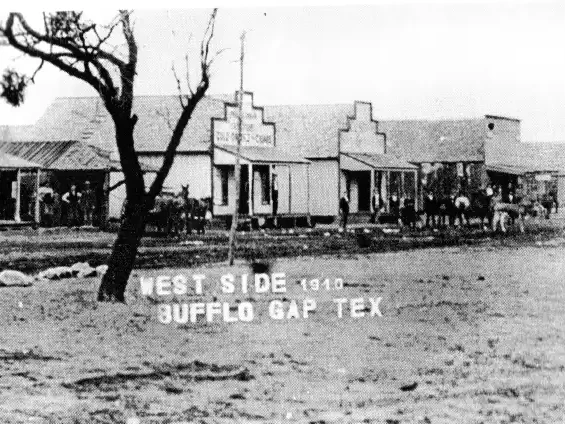
Stewart Grocery Audio Tour
Buffalo Gap Heritage Audio Tour
Stewart Grocery
Next Location: Presbyterian Encampment (address at bottom of page)
Location
Transcription
Grocery stores today are places of quick stops and long lines, but Stewart Grocery, now run by Micket Stewart, has always been more than that—it’s been a pillar of Buffalo Gap’s small-town charm.
In 1961, Stewart Grocery opened as more than just a place to buy goods—it was a place where neighbors met, families gathered, and folks supported each other through hard times.
But the story begins even earlier. Before it became Stewart Grocery, the round part of the building was originally a filling station, built by Sam Bates. When Mickey’s Paw Paw, a Navy veteran from World War II, returned home, he saw an opportunity and bought the store in 1946, expanding it into what became Stewart Grocery.
Unlike today’s big-box supermarkets, Stewart Grocery ran on trust and community loyalty. Families who needed food but hadn’t been paid yet could put their names on the ledger, and when payday came, they’d settle up—no questions asked. This wasn’t just business; it was neighbors helping neighbors.
Today, Stewart Grocery is one of the longest-standing businesses in Buffalo Gap. While it still sells essential goods, it’s best known for its ice cold Dublin Dr. Pepper, a drink that has kept Texans refreshed for generations.
Walking inside, you can still feel that same old-fashioned spirit, where locals stop to chat and visitors get a taste of the past.
Outro: Stewart Grocery remains a piece of Buffalo Gap’s history, standing strong through changing times. While you’re here – step inside and take a moment to appreciate the store’s legacy. Now, let’s head over to the Presbyterian Encampment, a site of faith and community gatherings.
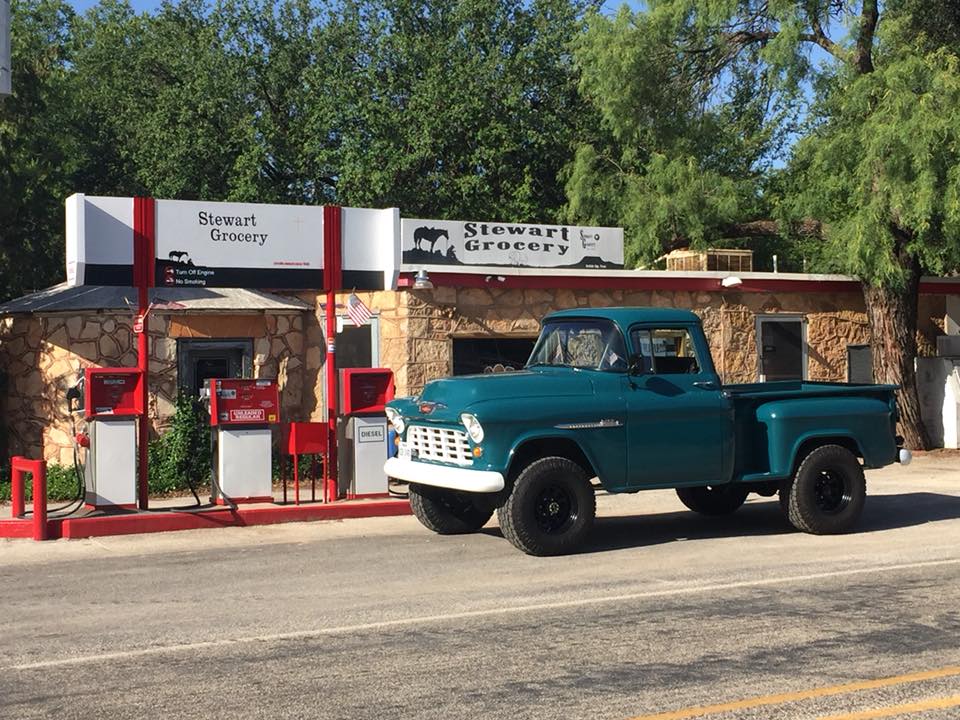
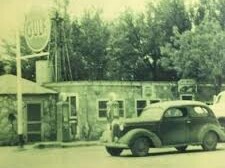
Camp Barkeley Audio Tour
Buffalo Gap Heritage Audio Tour
Camp Barkeley
Next Location: Old Town Square (address at bottom of page)
Location
Transcription
Welcome to Camp Barkeley, where the sounds of marching boots and roaring military vehicles once filled the air. This camp played a crucial role in training thousands of soldiers during World War II, preparing them for battle in Europe and the Pacific.
Camp Barkeley, named after Private David B. Barkley, was one of the largest military training facilities in the United States during World War II. Spanning 77,000 acres—roughly the size of modern-day Washington, D.C.—this was no small camp. It was a city in itself. Imagine barracks lined row after row, mess halls feeding thousands, and chapels filled with soldiers praying before deployment.
The camp housed an extensive medical training center, producing more than 12,500 officers for military hospitals worldwide. It also held a German prisoner-of-war camp, and though most POWs worked without incident, a few daring escape attempts rattled the locals.
And here’s a little-known fact: The camp was named after Private David B. Barkley, a World War I hero. But someone made a spelling error when naming it—adding an extra “e” to his last name—and it stuck!
Today, the land has returned to nature, but its impact remains. Without Camp Barkeley, Abilene’s Dyess Air Force Base may never have existed.
As you leave this spot, imagine the sound of boots on the ground, the distant echoes of military drills.
Now, let’s step back even further to the days when Buffalo Gap was a booming frontier town.
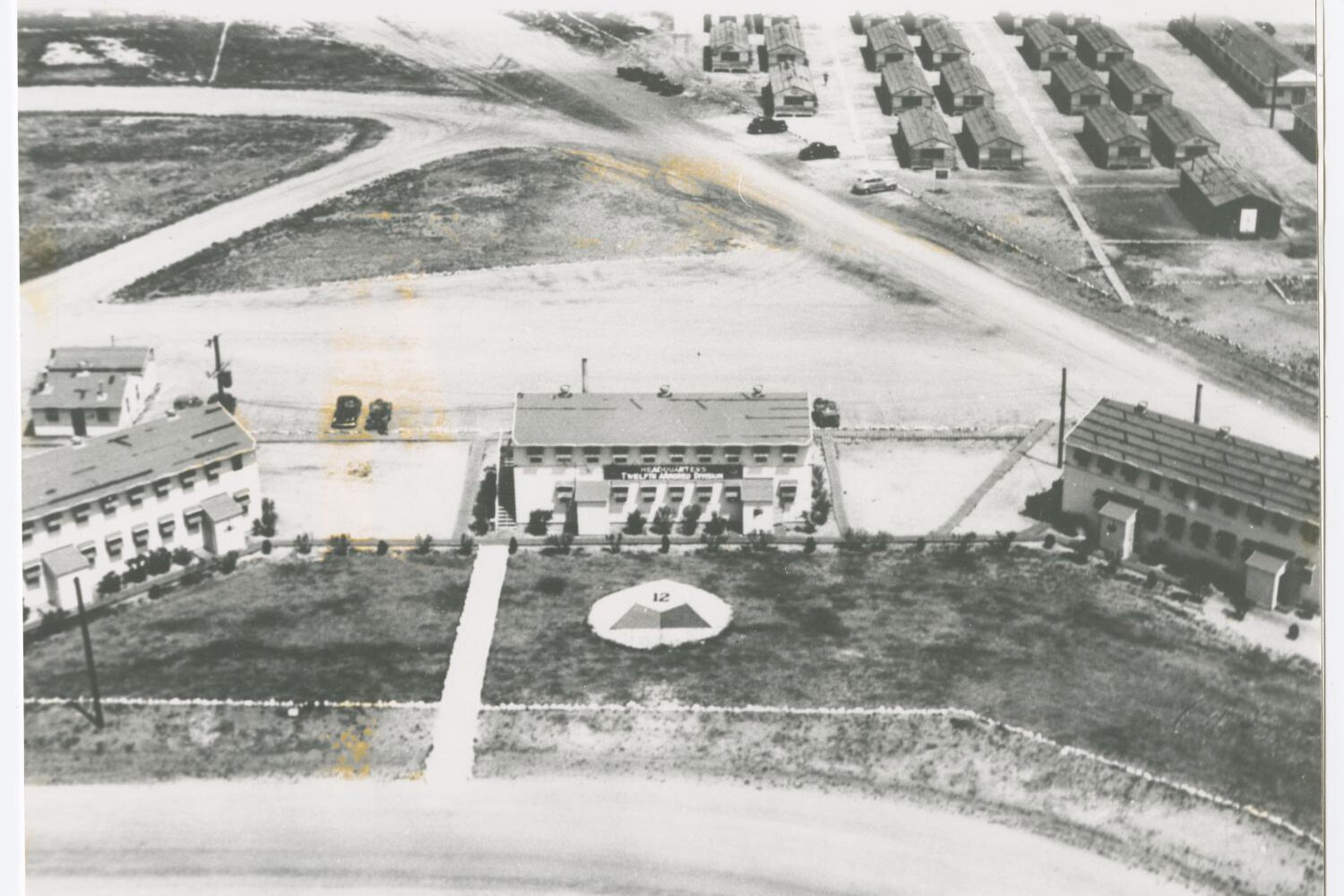
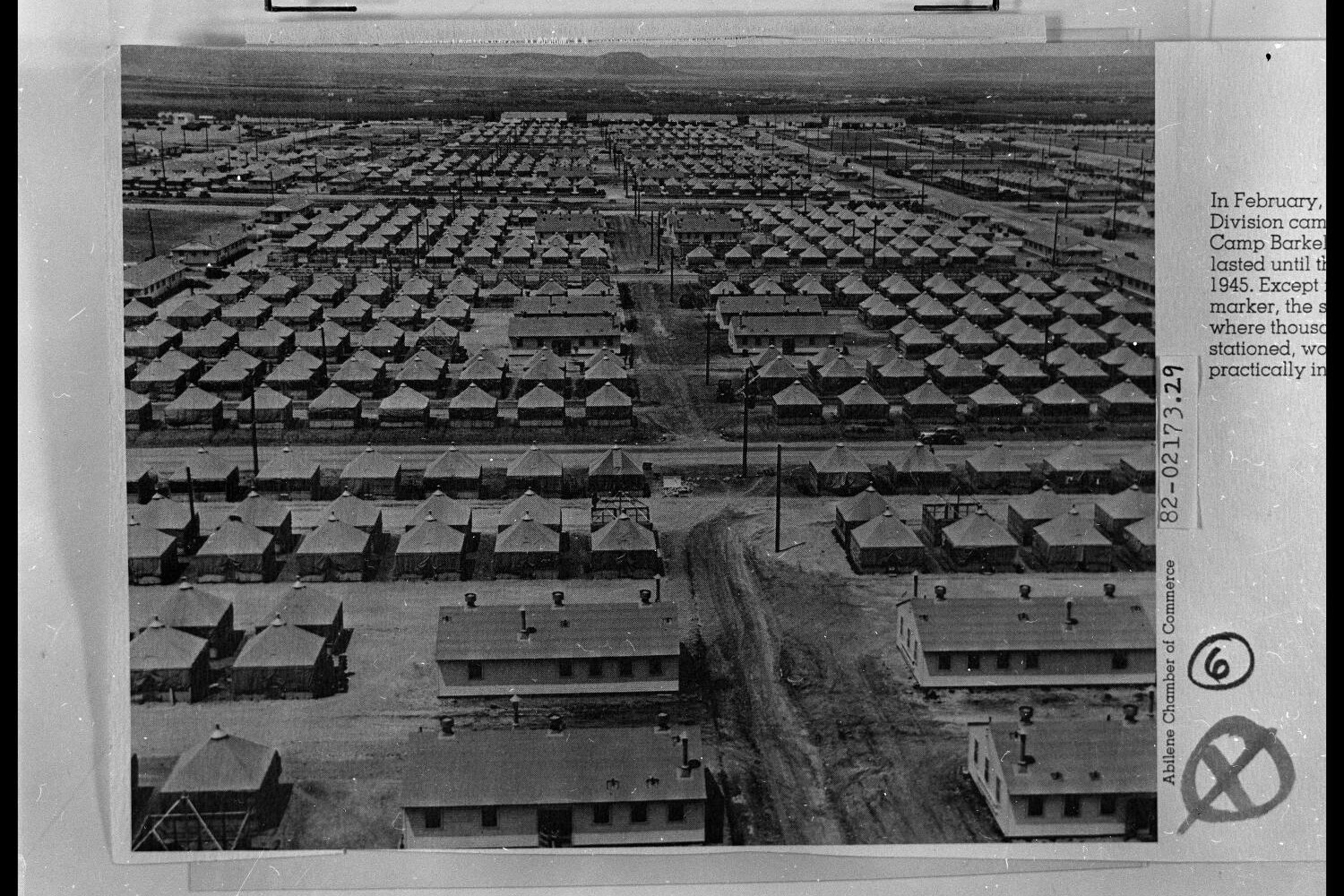
Antique Tractor Show
Antique Tractor Show (Awards @ 2pm)
DATE
April 26, 2025
10:00 am - 5:00 pmAwards will be announced at 2:00 PM
DETAILS
Step back in time and celebrate the rich history of farming at the Antique Tractor Show! Tractors from across the region will be on display all day, showcasing both restored and unrestored vintage machines that helped shape agriculture as we know it.
Watch as these classic tractors compete for top honors, including Oldest Tractor, Best in Show (Restored & Unrestored), and Farthest Traveled. Whether you’re a tractor enthusiast, history buff, or just love seeing these iron workhorses up close, this event is a must-see for all ages.
Awards will be announced at 2:00 PM, so be sure to stick around and see which tractors take home the top prizes!
WHERE
Buffalo Gap Historic Village
133 William St.
Buffalo Gap, TX 79508
325-572-3365
